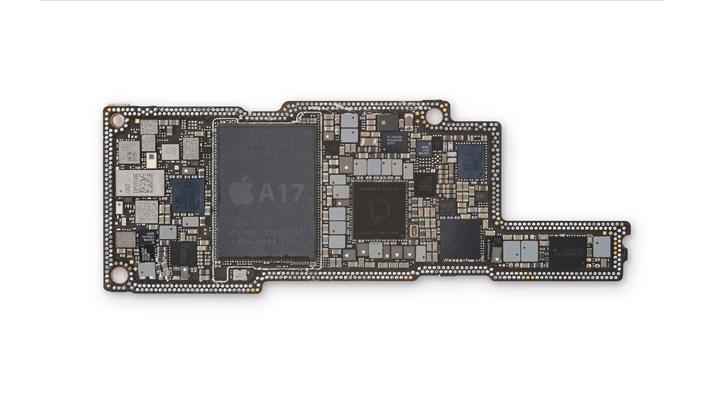 In the past weeks, we have conveyed to you that Apple’s upcoming A17 Bionic processor may be completely unrivaled in terms of performance. However, recent reports show that these rumors are far from the truth. Because, it is stated that TSMC, which will produce the A17 Bionic, has problems with the 3nm process.
In the past weeks, we have conveyed to you that Apple’s upcoming A17 Bionic processor may be completely unrivaled in terms of performance. However, recent reports show that these rumors are far from the truth. Because, it is stated that TSMC, which will produce the A17 Bionic, has problems with the 3nm process.TSMC may be having issues with 3nm
TSMC had reserved all of its 3nm production lines to Apple, its biggest and most lucrative customer for this year. It is said that TSMC could not reach the high efficiency and performance values desired in the new production technology, and therefore the performance target of the A17 Bionic could be lowered. While the A17 Bionic is expected to be exclusive to the iPhone 15 Pro and iPhone 15 Pro Max, it looks like we won’t see aggressive performance gains. Similarly, the new M3 chips may have the same problem.
Of course, there is still a long time until September and if TSMC overcomes the challenges it faces, the targeted values for the A17 Bionic can be reached. However, it is known that TSMC is in the 70 to 80 percent range at all-powerful 3nm efficiency and is significantly better than its competitor Samsung. TSMC has a few months left to fix the issues it is facing, and if the issues are not resolved, the A17 Bionic will likely focus on energy efficiency rather than performance. Moreover, TSMC never mentioned the performance gains of its new technology. It has been announced so far that only 3nm chips at the same speeds will achieve improved power savings of up to 35 percent.